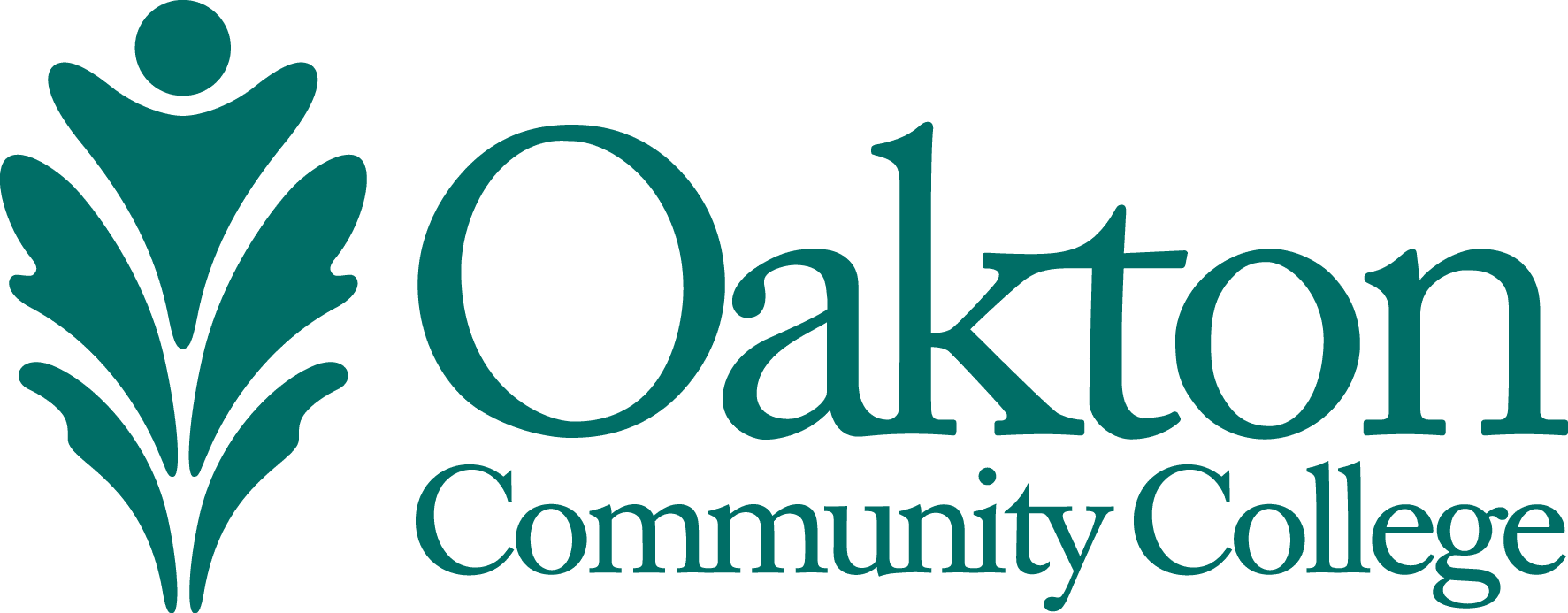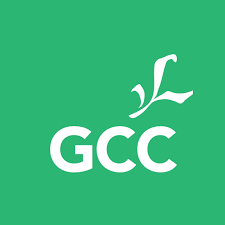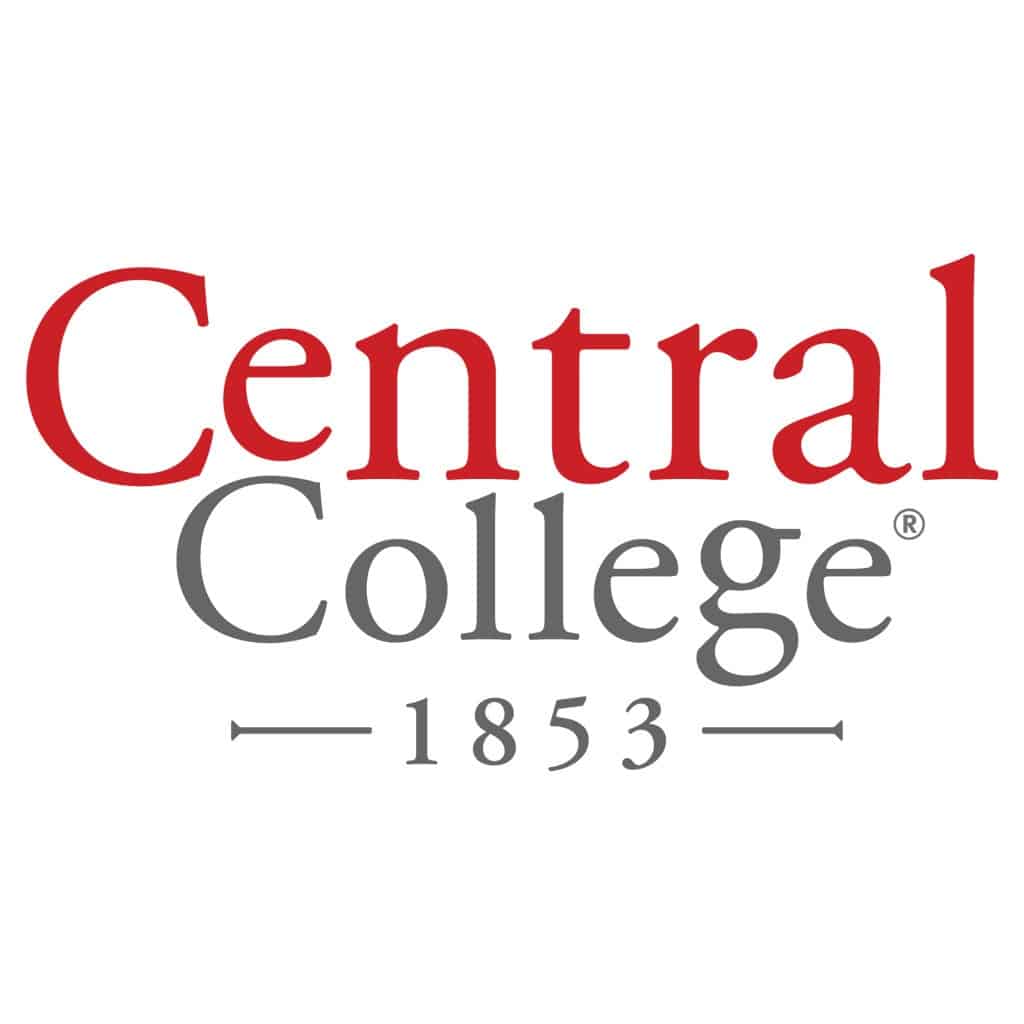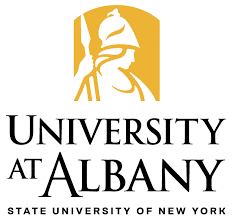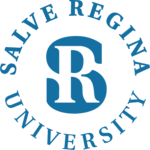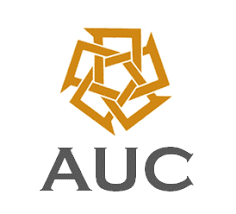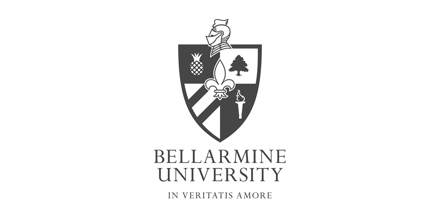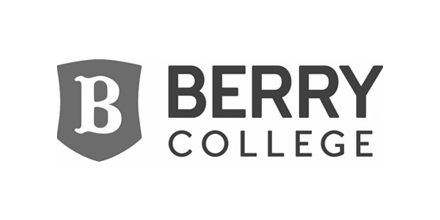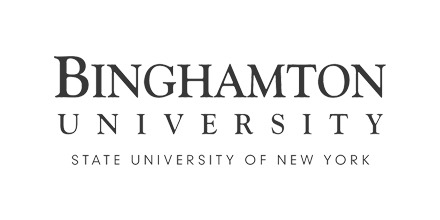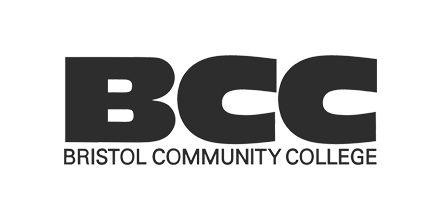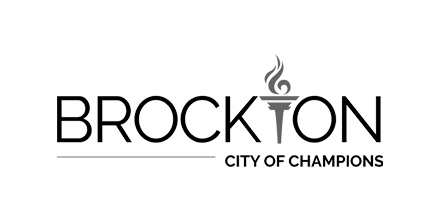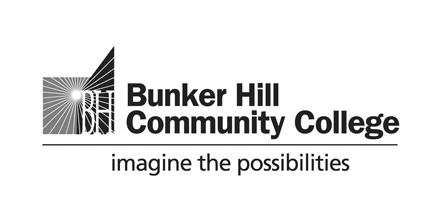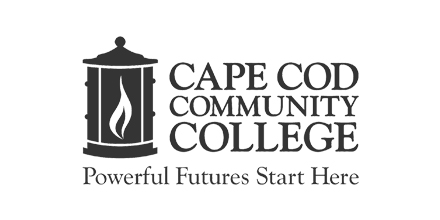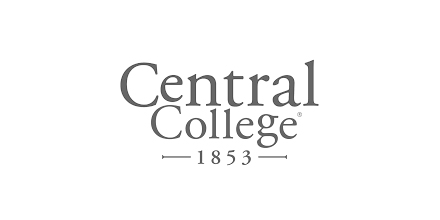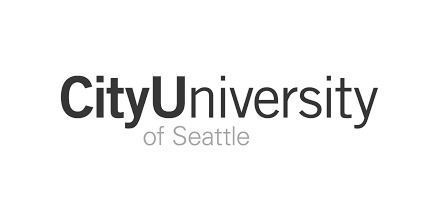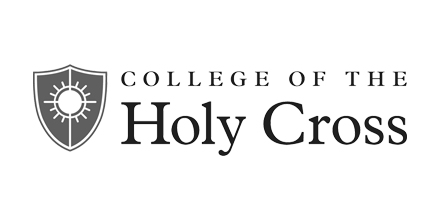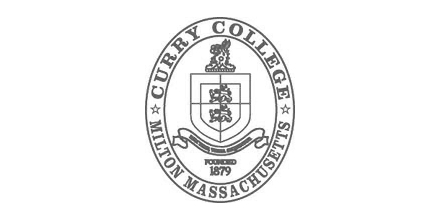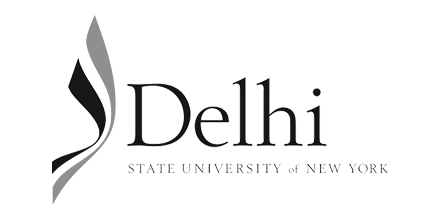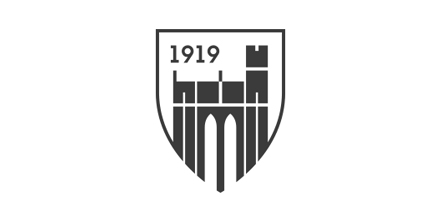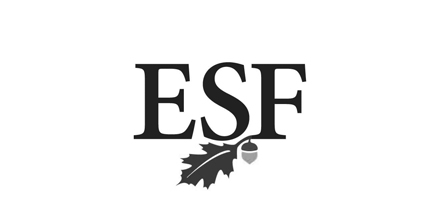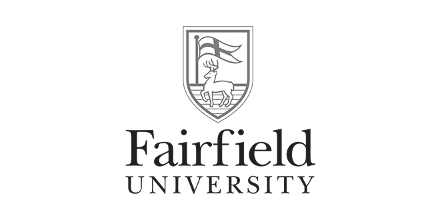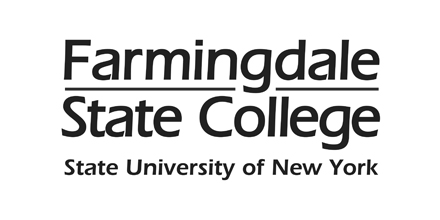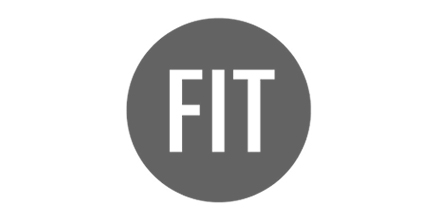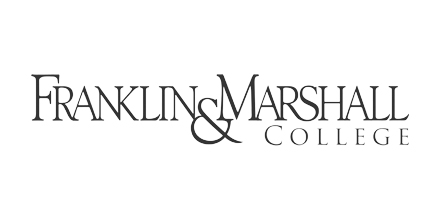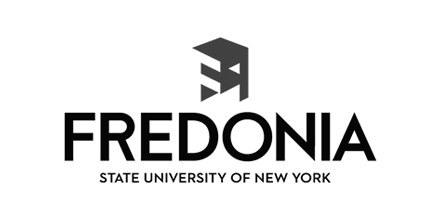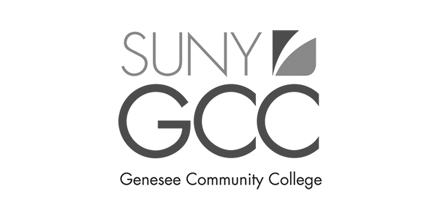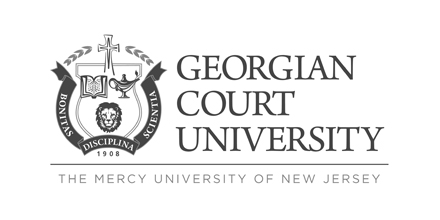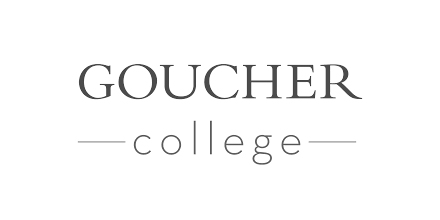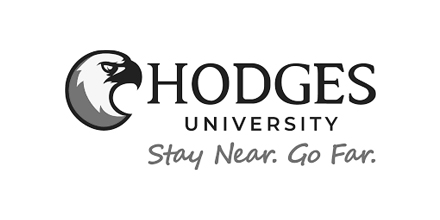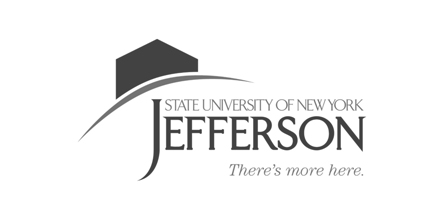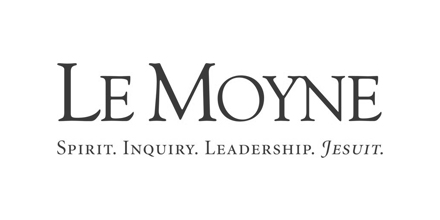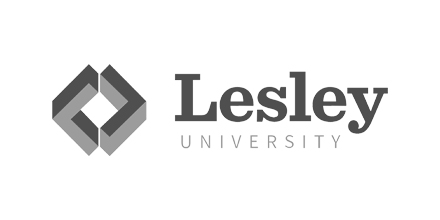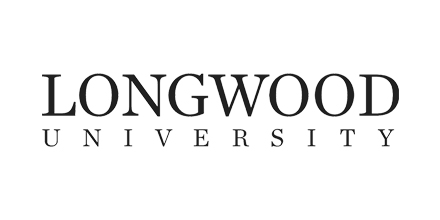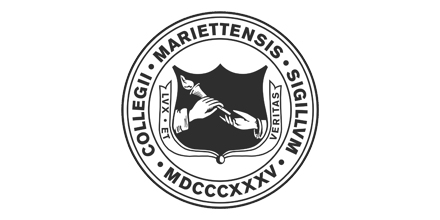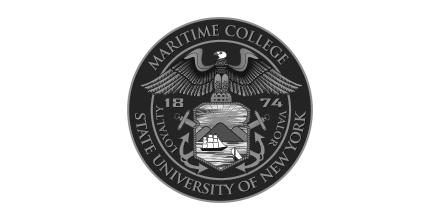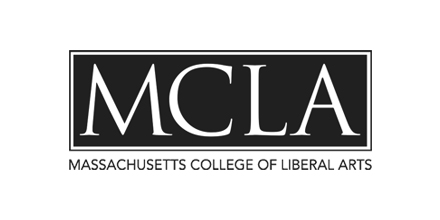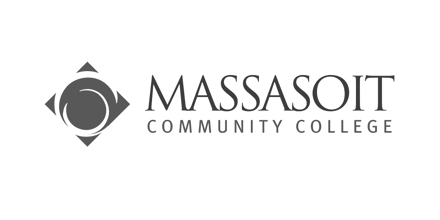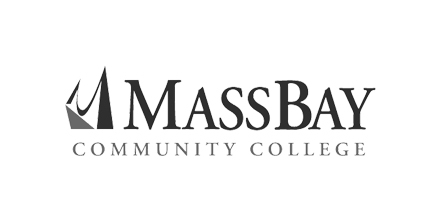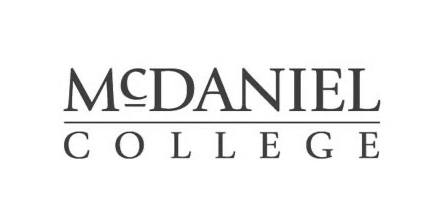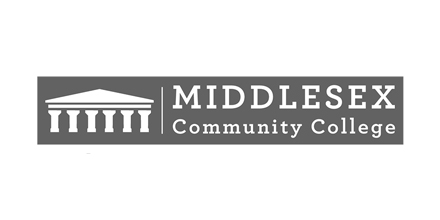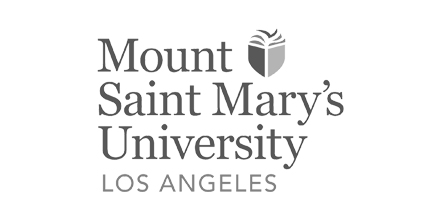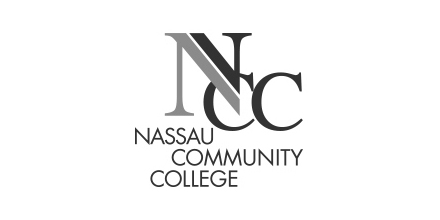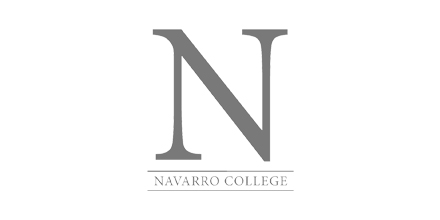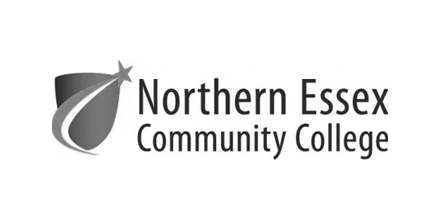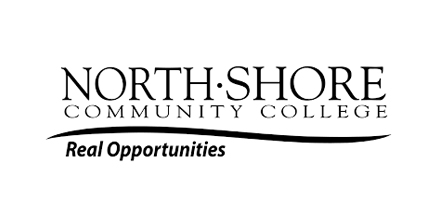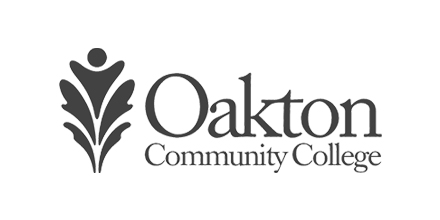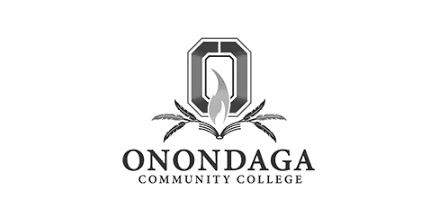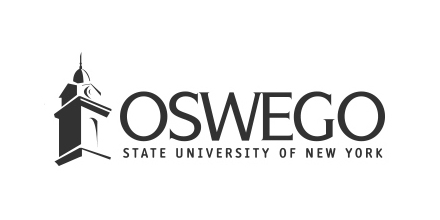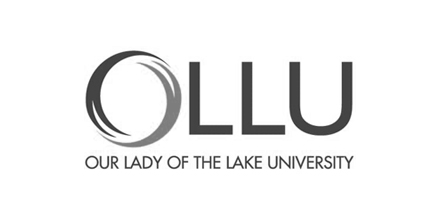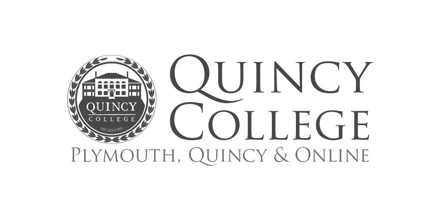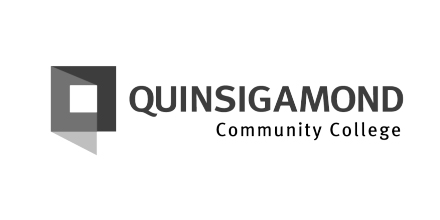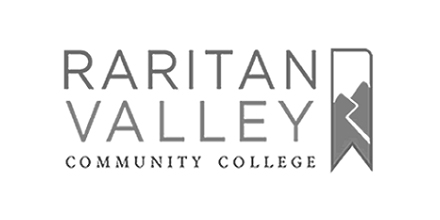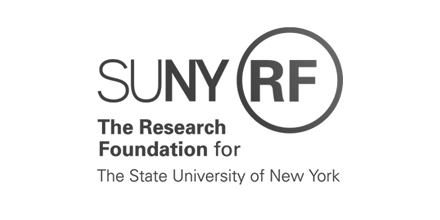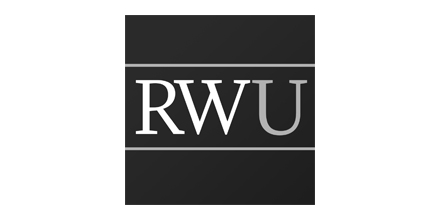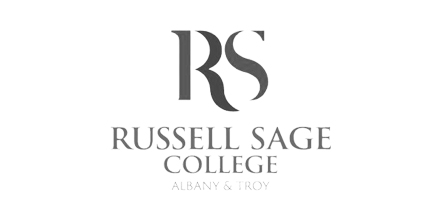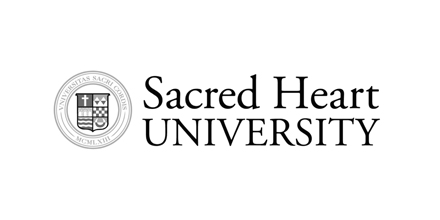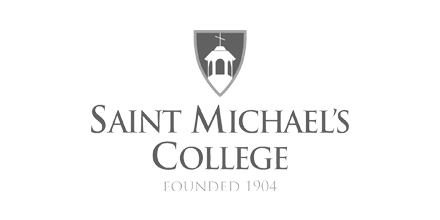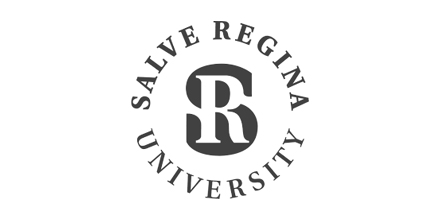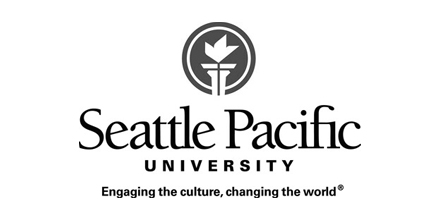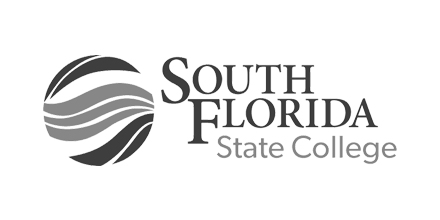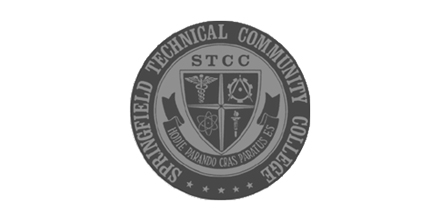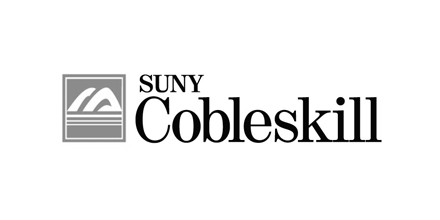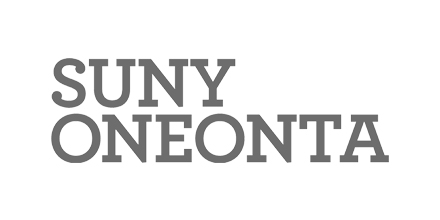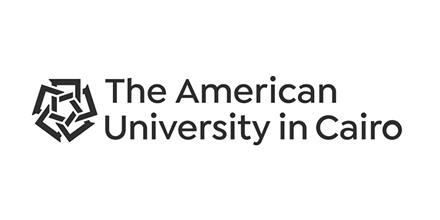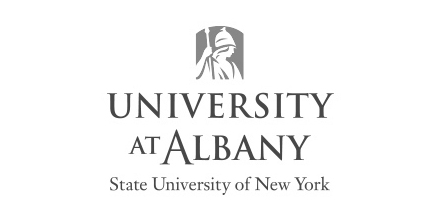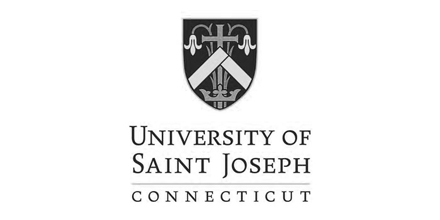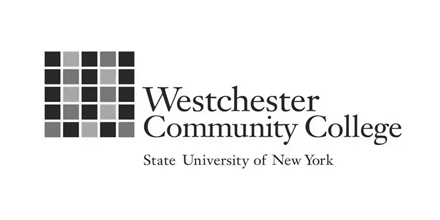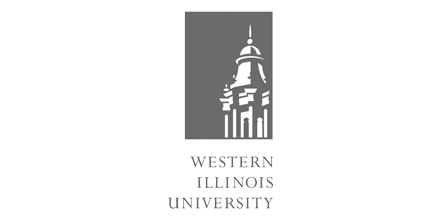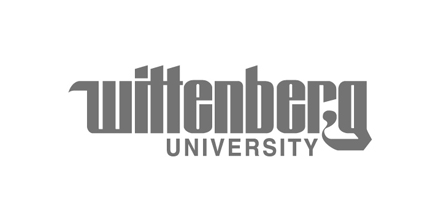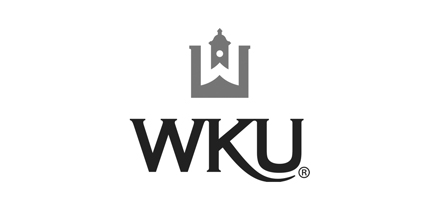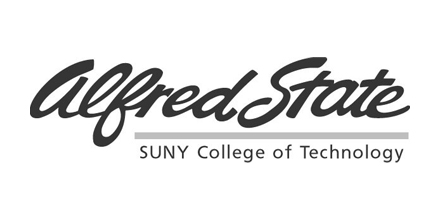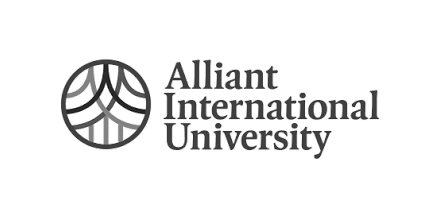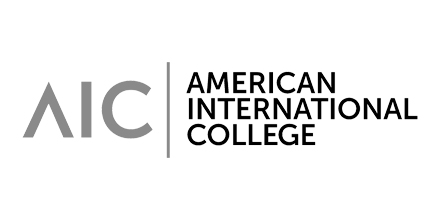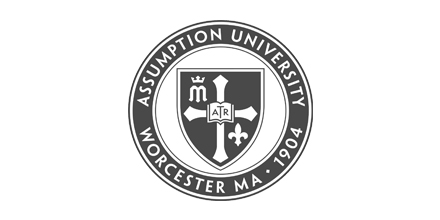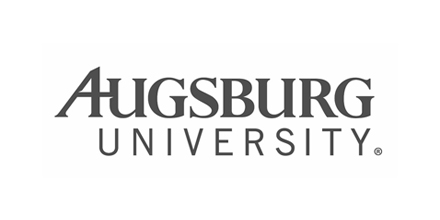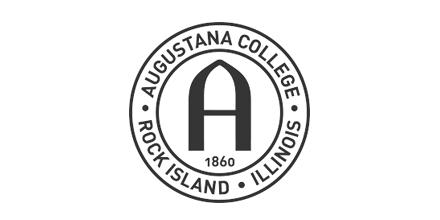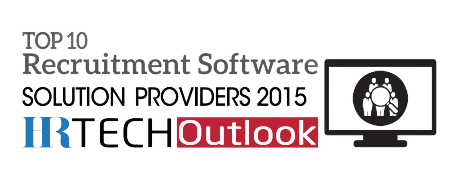Higher education institutions across the globe are facing significant challenges in student enrollment. The reasons range from demographic shifts and rising tuition costs to the growing appeal of alternative education paths. This article explores the key challenges in student enrollment and offers actionable strategies to address them, ensuring colleges and universities not only survive but thrive in today’s higher education landscape.
Understanding the Challenges
1. Demographic Declines
One of the most important contributing factors to the country’s decrease in college enrollment is the number of children born in the U.S. has been shrinking since approximately 2007.
2. Increased Competition:
With more institutions vying for a smaller pool of students, competition has become fiercer. Additionally, the rise of online education platforms, for profit institutions, and international programs has broadened the choices available to prospective students.
3. Economic Barriers:
The increasing cost of higher education is a major deterrent for potential students. Concerns about student debt and the economic return on investment from a degree continue to influence the decision-making process.
4. Changing Perceptions of Education:
There’s a growing sentiment that traditional four-year degrees may not be necessary for career success. Vocational training and shorter, more focused programs are becoming more popular, challenging the traditional college model.
Strategies for Boosting Enrollment
To combat these challenges, institutions need to adopt multifaceted strategies to set their institution apart from the competition.
1. Enhanced Recruitment Efforts:
Personalized Marketing: Utilize data analytics to create targeted marketing campaigns that speak directly to the needs and interests of prospective students.
Community Engagement: Increase presence in high schools and community events to build relationships and brand recognition.
MyReferred: MyReferred™ is an innovative Student Acquisition Database tailored to enhance enrollment processes for educational institutions. By leveraging the extensive networks of your current students, faculty, staff, and alumni, MyReferred™ develops a private, secure, and almost limitless database that can transform your enrollment strategies.
Consider the potential: if each of your 1,000 students, 1,000 employees, and 1,000 alumni contribute just 1-3 potential student contacts over a year, you immediately gain access to a database of 9,000 potential new student contacts. The growth doesn’t stop there—imagine each of these referrals adding at least two more contacts, expanding your reach to an astounding 18,000 prospective student profiles.
2. Financial Incentives:
Scholarships and Aid: Offer a range of scholarships and financial aid packages that make education more accessible to students from diverse economic backgrounds.
Flexible Payment Plans: Implement more flexible payment options to alleviate the upfront financial burden on students and families.
3. Program Innovation:
Curriculum Adaptation: Develop programs that align more closely with current job market demands, including certificates and badges in emerging fields.
Hybrid Learning Models: Expand offerings to include hybrid models that combine online and on-campus learning, catering to different learning preferences and life situations.
4. Strengthening Student Support Services:
Advising and Counseling: Enhance advising services to help students navigate their educational and career paths.
Career Services: Boost career support services to demonstrate the real-world value of obtaining a degree from your institution and foster partnerships with businesses looking for a pipeline of educated / talented individuals to fill their vacant positions.
5. Building Alumni Networks:
Engagement Strategies: Create programs that keep alumni engaged with the institution, turning them into ambassadors who can attract more students through word-of-mouth and testimonials.
6. International Recruitment:
Global Partnerships: Establish partnerships with educational institutions in other countries to attract international students, which can also enrich the cultural diversity of the student body.
Conclusion
Addressing the enrollment challenges in higher education requires a proactive approach that adapts to changing demographic, economic, and cultural landscapes. By focusing on personalized recruitment strategies, financial accessibility, innovative programming, and strong support systems, institutions can not only maintain but increase their student population. It’s about embracing change and turning challenges into opportunities to evolve and excel in the competitive world of higher education.



